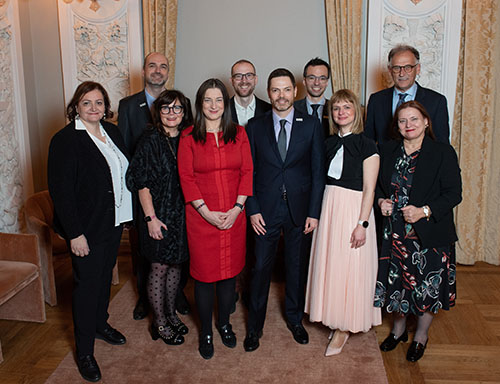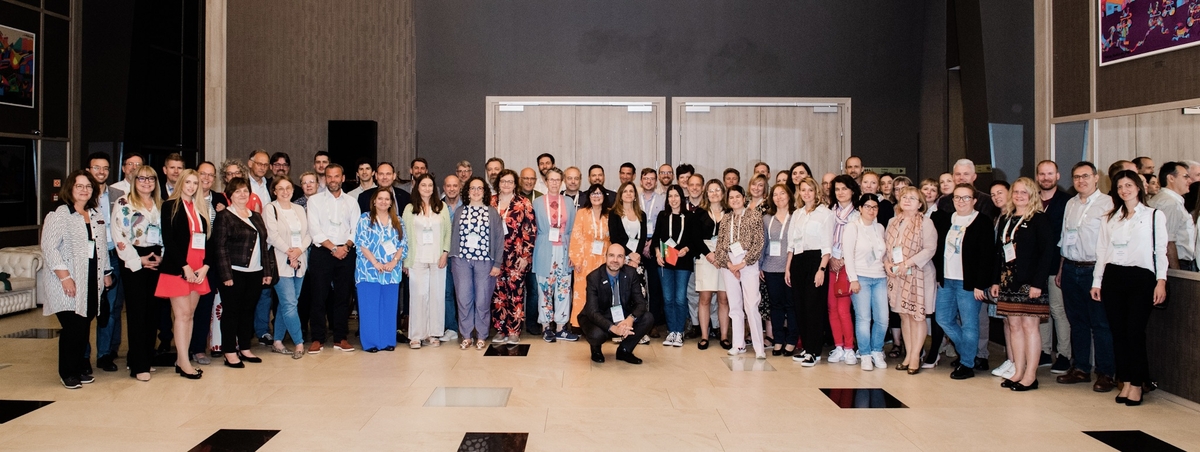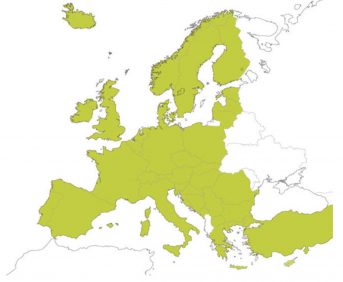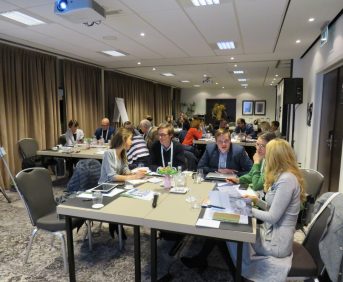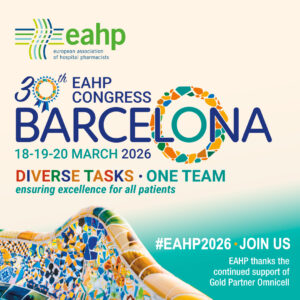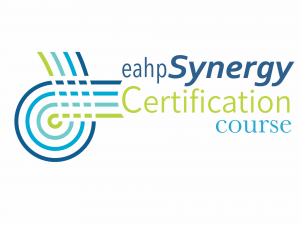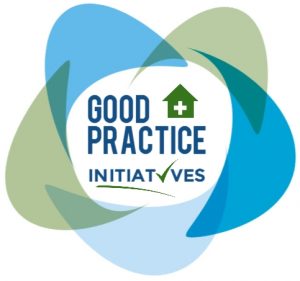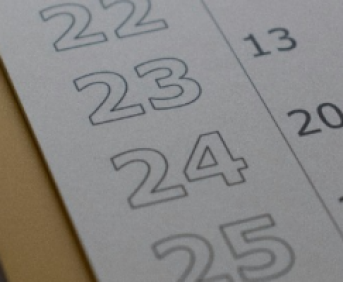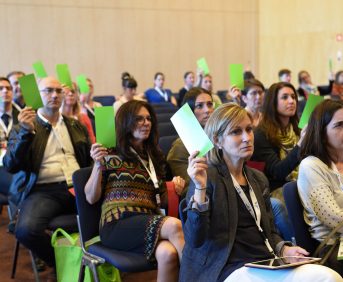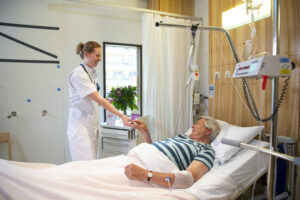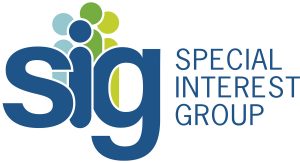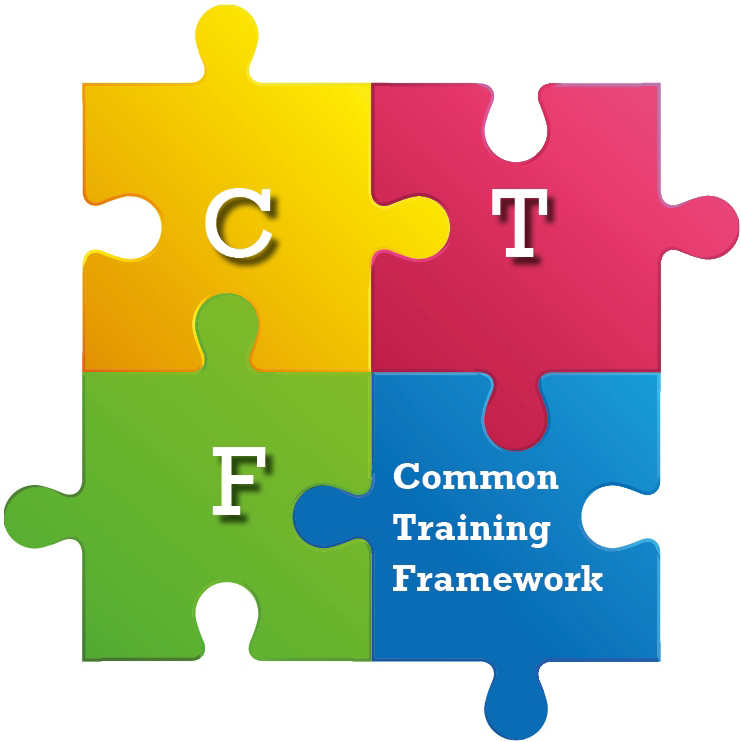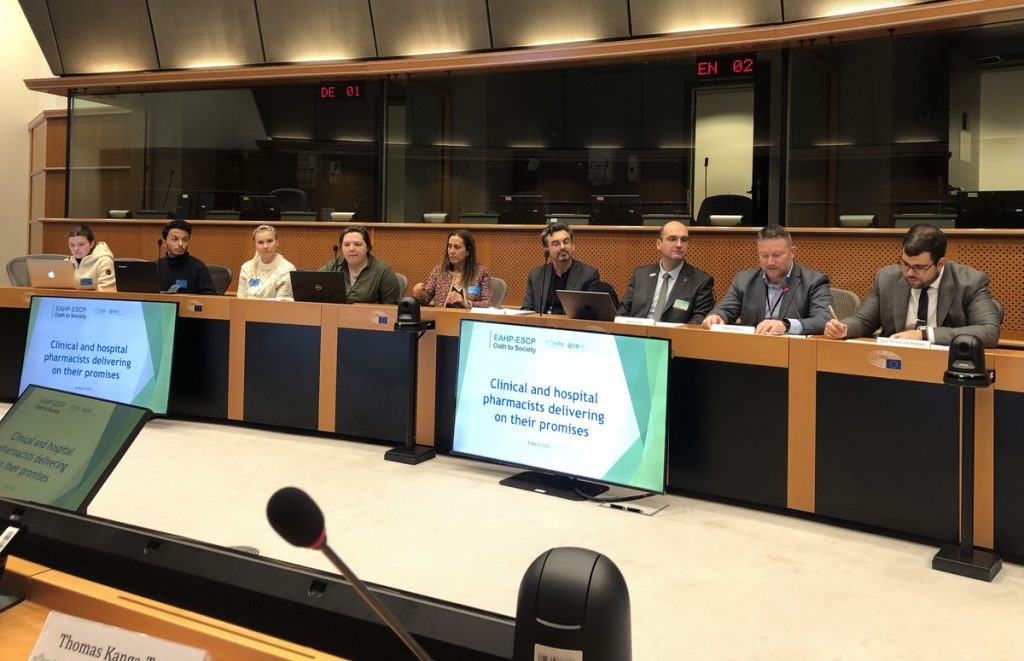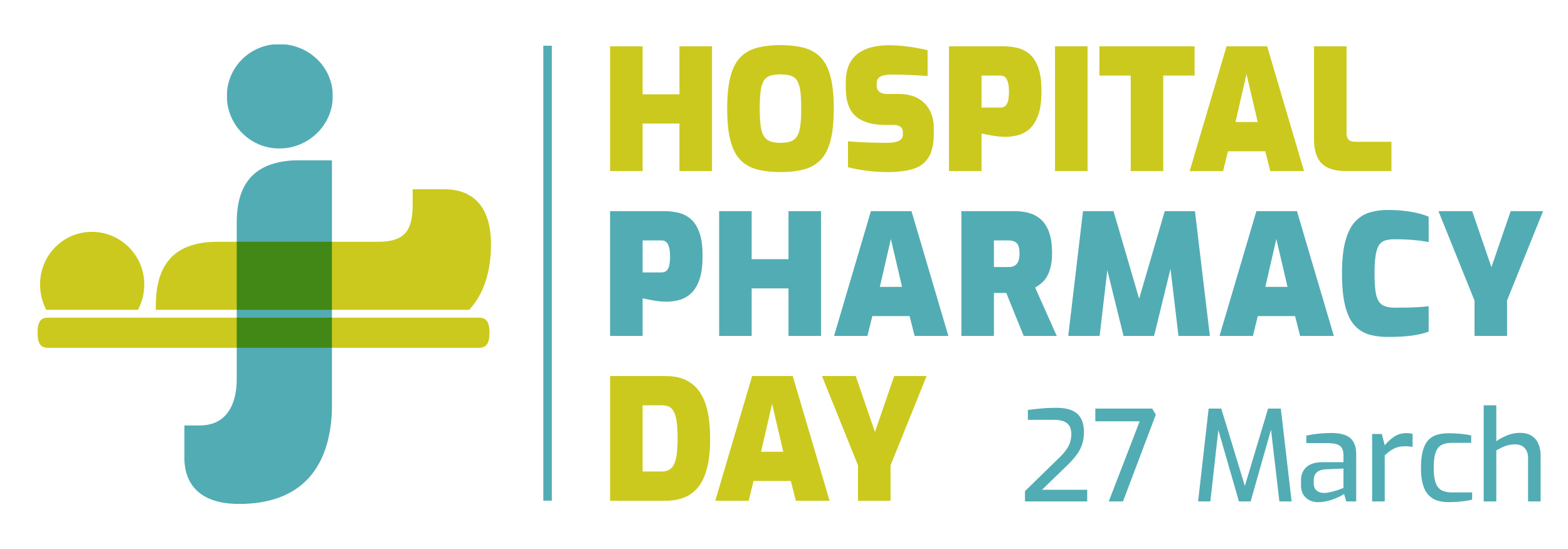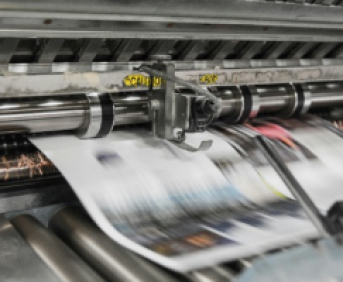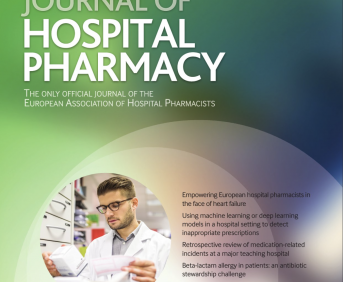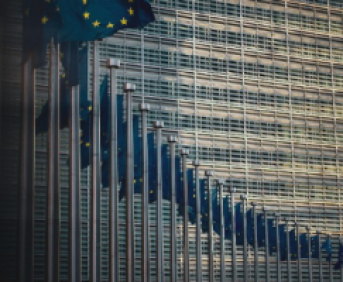Redispensing of expensive oral anticancer medicines: a practical application
Pdf

European Statement
Clinical Pharmacy Services
Why was it done?
OAM are widely used in the treatment of solid tumors and are administered orally in cycles that require self-administration at home. However, dose adjustments and discontinuations often lead to leftover medication which is discarded as waste. Therefore, the increasing use of expensive OAM comes with the downside of a financial and environmental burden. To reduce this waste, returned OAM to the pharmacy could be considered for redispensing to other patients providing guaranteed quality.
What was done?
We defined quality criteria for redispensing of oral anticancer medicines (OAM) in our hospital pharmacy. These criteria were laid down in a Standard Operating Procedure (SOP) to assess the eligibility for redispensing of returned OAM. This SOP was implemented in daily pharmacy practice.
How was it done?
A systematic risk analysis was conducted to determine eligibility of OAM for redispensing taking relevant guidelines and product information into account. The defined quality criteria were translated into a SOP and implemented in daily pharmacy practice. Over a year period, the number of returned OAM accepted for redispensing was quantified, and the reduction in financial waste and environmental burden calculated.
What has been achieved?
From the systematic risk analysis, four categories of quality aspects were identified: product presentation suitability (stability characteristics, storage requirements), physical condition (unopened or opened secondary or primary packaging, visual appearance), authentication (Falsified Medicines Directive, confirmation of initial dispense, recall), and additional aspects (remaining shelf life, period of storage under uncontrolled conditions). The first category identified that in principle, 75% of the licenced OAM (n=..products) dispensed at our institute is eligible for redispensing. From all combined quality aspects, a flow chart was created according to which each individual returned OAM is assessed . During the study period, 10,415 OAM dose units out of 13,210 returns (79%) were accepted for redispensing. The total value of OAM accepted for redispensing was €483,301, accounting for 0.9% of the total value dispensed during this period. Furthermore, the potential reduction in environmental burden was estimated at 1132.1 g of potent active pharmaceutical ingredient.
What next?
We established an easily implementable, comprehensive quality assessment of returned OAM for redispensing. Wide implementation of this approach would result in serious OAM cost and waste reduction.
